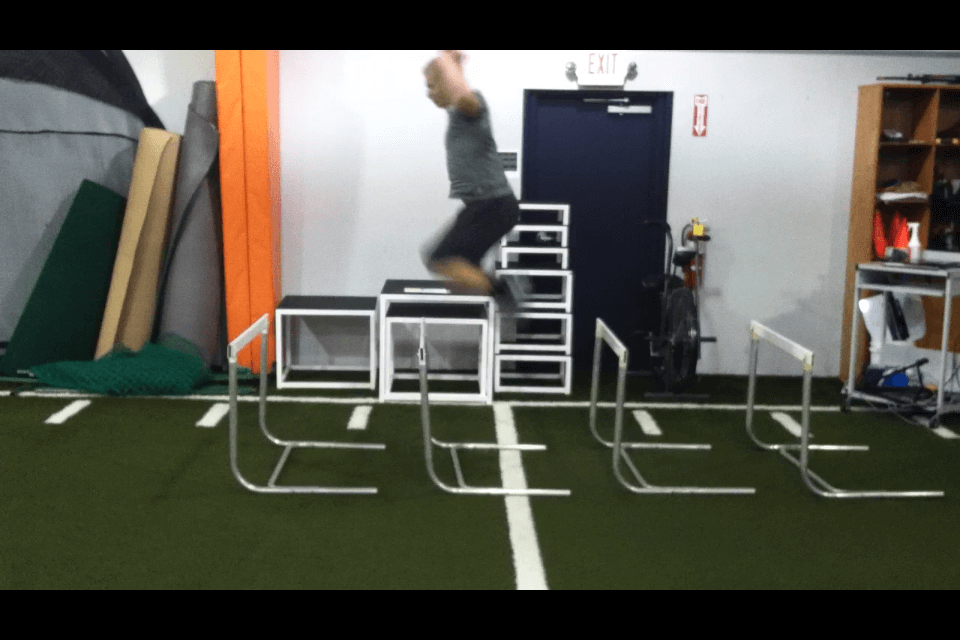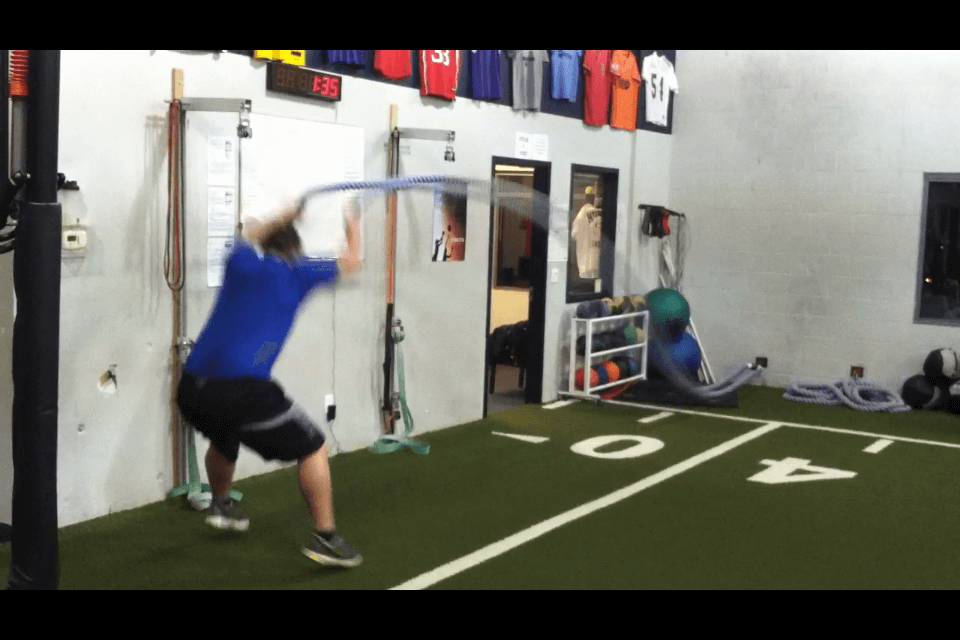Methods are many, principles are a few. Methods always change, principles never do. -Warren Wiersbe
To master your body and performance you need to have some understanding of the foundational tenants of exercise science. These principles are in a way the guiding lights, or should be, behind all of your program development and organization. In this three part series, we will highlight these critical principles and help you understand how to apply them.

What are you training for?
The SAID principle should answer that exact question. It states that the human body will adapt specifically to the demands imposed upon it. This simply means that when a reoccurring stress is placed on the body it will adapt specifically to better withstand that stressor in the future.
There are a multitude of specific fitness attributes we can develop from the result of a well developed and implemented training program. Here is a list of potential fitness attributes we could train for:
Alactic Output
Alactic Capacity
Lactic Output
Lactic Capacity
Aerobic Output
Aerobic Capacity
Starting speed
Maximal Speed
Speed Endurance
Maximal Power
Power Endurance
Relative Strength
Maximal Strength
Acceleration Strength
Starting Strength
Reactive Strength
Muscular Hypertrophy
Stamina
Mobility
Flexibility
Coordination
Etc...
As you can see the list is extensive, but the important thing to remember is that any of these physiological attributes can specifically be trained to improve.
Adaptation is Specific
One of the biggest setbacks I see with program design and implementation is the disassociation between one's outcome goals and their behavior goals. This simply means, the things folks are doing during training are not reflective of the goals they have in mind. Remember, random workouts yield random results. Here are three common real world examples.
Speed development is obviously a big deal and certainly needs to be trained if an athlete wants to keep up with the competition. The problem is we often lose sight of exactly what function or physiological adaptation we were after in the first place and what is the best way to train that specific function.
Speed development is best accomplished by building maximal strength, improving the body's rate of force development and maximizing and building the body's natural elastic energy potential. Speed development training is not haphazardly running drill after drill with no purpose other than fatigue accumulation and little else. If an athlete is not getting adequate recovery between reps and sets their ability to produce a lot of force, quickly dissipates and the end product is a tired athlete but not a faster one.
Sports differ, but most field sports require maximal efforts of speed for short distances and time followed by complete recovery or an active recovery. Is your speed program properly reflecting the requirements of the sport?
What about conditioning? If I am a football player how should I condition during the preseason? If you said to get in better shape then you missed the point of this article. I suppose if you are a recreational athlete or someone who is attempting to stay healthy and capable, "random" conditioning is just fine but for any athlete there should be nothing random about it.
The purpose of sport conditioning is to prepare the body's energy systems for competition. Conditioning should replicate the actual working conditions and demands of the sport. So why are football players running 300 meter sprints a week before the season kicks-off? When does this occur during competition? If I want an athlete to be playing at a high level come the fourth quarter I had better condition his body for that. This means precise work-to rest ratios with specific intensities. So once again, the purpose of conditioning is to be able to replicate a specific power output for a specific period of time based on the specifics of the sport.
What about training for fat-loss or improved body composition? If you tell me you want to boost your metabolism then why are you using 3 pound pink dumbbells performing 20 reps of tricep kickbacks and then walking over to the elliptical for 30 minutes of slow paced action? Fat-loss is an attack and is best served with intensity, short rest periods and enough resistance to actually cause the body to have to adapt. Remember the body wants to stay the same at all costs. You must train hard enough and with enough weight to cause a change to occur.
The biggest mistake I see with folks trying to lose fat via exercise is lack of overall intensity and way too much aerobic/cardio training. By the way what exactly do you mean by cardio anyway? Because in my head cardio is anything that elevates the heart rate for an extended period of time, and guess what, we have much better options than that elliptical.
The great thing about the human body is that it is very adaptable and the SAID principle defines how this works. We have figured out that we can indeed improve upon almost any physical attribute/skill, as even the most elite of athletes are able to improve upon already extraordinary abilities, meaning for the rest of us potential for improvement is vast.
So instead of simply packing your bag and heading to the gym for a good workout, take a step back and prepare a little bit, so you can develop a training plan. Remember, a workout is a one-time thing and is not reflective of an ends or a specific outcome down the road. While training is the big picture encompassing all pieces and isn't just worried about today or tomorrow but the whole training cycle. Training is about what you want to become...the future...the goal. Working out is about today and today only. There is no linkage to tomorrow or next week and many times even to your goals.
Once you have decided what you want out of your training (expectations and goals), determine the best methods to get there while using sound principles (SAID principle). Here is a really quick, down and dirty cheat sheet for a few common goals.
| Goal | Volume | Intensity | Rest Periods | Considerations |
| Maximal Strength | Low-Med (1-5 reps) | High (85% and up) | Long (2-5 min) |
If the weight isn't heavy you aren't training for maximal strength, Complete rest periods are essential. Keep overall training volume low. Maximal strength is mostly a neromuscular and connective tissue adaptation versus a muscular one. |
| Muscle Gain | Med-High (6-12 reps) | Med-High (65-85%) | Short-Med (1-2 min) |
Focus on three mechanisms of causing muscle hypertropy (growth): 1) mechanical tension, 2) metabolic stress and 3) muscular damage. |
| Fat Loss | High (8-20 reps) or timed sets | Med (40-75%) | Short (0-60s) | Heart rate seriously elevated? Check, Short rest periods? Check. No baby weights allowed? Check. Serious metabolic stress? Check. |
Stay tuned to as I will talk bout a boy, a bull, and his quest for immortality. Sports Science Principle: Progressive Overload



